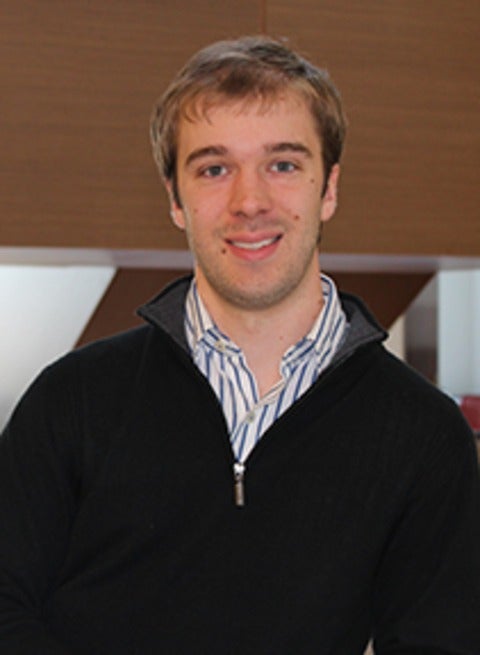Theory of Quantum Information and Computation: Chunhao Wang
Efficient Quantum Algorithms for Simulating Lindblad Evolution
Chunhao Wang
The Lindblad equation is the natural generalization to open systems of the Schrödinger equation. We give a quantum algorithm for simulating the evolution of an n-qubit system under the Lindblad equation with local terms. The gate cost of the algorithm is O(mTlog^2(T/\epsilon)/loglog(T/\epsilon)), where T is the evolution time, \epsilon is the precision of the output state, and m is the number of local terms occurring in the equation.

 Greg Holloway of the Department of Physics and Astronomy is defending his thesis:
Greg Holloway of the Department of Physics and Astronomy is defending his thesis:
 Matthew Graydon of the Department of Physics and Astronomy is defending his thesis:
Matthew Graydon of the Department of Physics and Astronomy is defending his thesis: